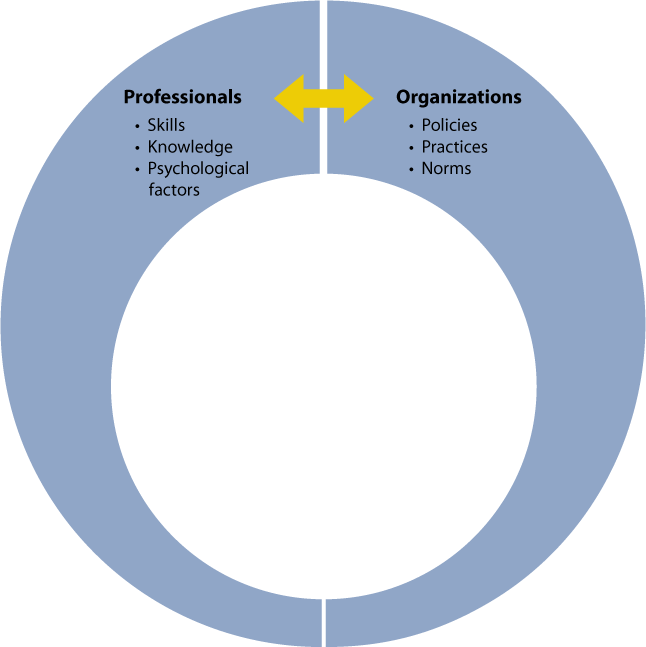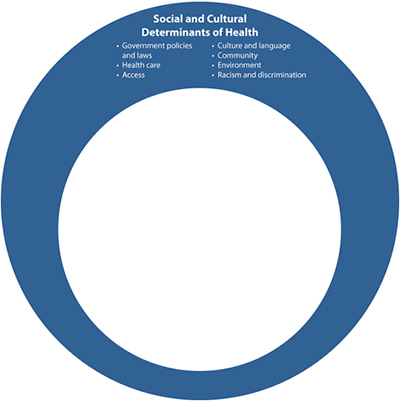The NNLM Health Literacy Framework is a reference tool that we use to understand the key factors that influence individual and organizational ability to access, understand, and use health information.
The NNLM All of Us Program Center (NAPC) develops and distributes a robust portfolio of community-based programs and services focusing on five key areas: health literacy, digital literacy, community science, diversity in biomedical research, and precision medicine.
Regarding our work around health literacy, NAPC aims to ensure that the programs and services we develop align with current health literacy best practices and reflect key factors that contribute to health literacy. NAPC funded Communicate Health, to develop a health literacy framework as a reference tool for NNLM to understand the key factors that influence individual and organizational ability to access, understand, and use health information. Currently we use this framework to identify topics for new trainings and programs that will support health literacy.
Overview of the Framework
This framework names the key factors that influence an individual’s health literacy — or an individual’s ability to access, understand, and use health information.1 There are many factors that can influence a person’s health literacy and a variety of ways those factors interact or overlap.
To make sense of those components, we drew inspiration from the socioecological model, a conceptual model that states that “health is affected by the interaction between characteristics of the individual, the community, and the environment.”2 In other words, a complex range of influences and interactions affect — and are affected by — individuals’ health. The same is true for individuals’ health literacy. This framework focuses on how these interactions collectively influence health literacy.
Since all tenets of health literacy (accessing, understanding, and using health information) are closely connected, we included them all in the framework. But our emphasis is on factors and interactions (with information, people, organizations, and contexts) that facilitate or hinder understanding, as NNLM has the most influence in that space.




